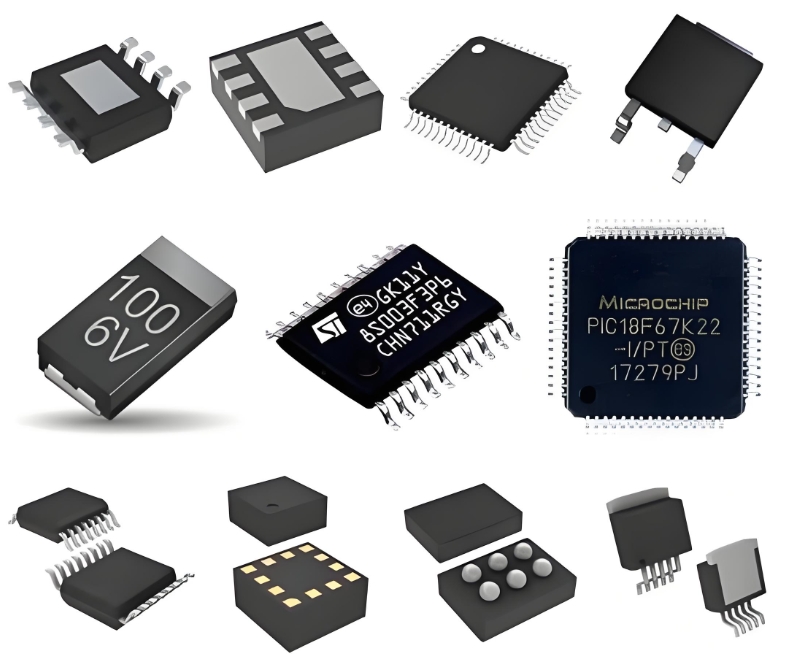**High-Performance ADA4938-1ACPZ-R7 Differential ADC Driver: Design Considerations and Key Applications**
In modern signal acquisition systems, the performance of an Analog-to-Digital Converter (ADC) is often only as good as the circuitry that drives it. The **ADA4938-1ACPZ-R7** from Analog Devices stands out as a premier solution, a high-speed, ultra-low distortion differential amplifier explicitly designed to unleash the full potential of high-resolution ADCs. This article delves into the critical design considerations when implementing this driver and explores its primary applications.
The ADA4938-1 is a cornerstone for high-fidelity signal conditioning. Its **exceptional ac performance**, characterized by a -90 dBc SFDR (Spurious-Free Dynamic Range) at 10 MHz and a fast settling time of 11 ns to 0.1%, makes it ideal for driving high-resolution ADCs (14-bit to 18-bit and beyond) without degrading their dynamic range. Furthermore, its low input voltage noise of just 2.4 nV/√Hz ensures that minute signals are preserved and amplified with clarity. A key feature is its **internal common-mode feedback loop**, which provides exceptional output balance and enables the user to easily set the output common-mode voltage to the precise level required by the ADC, simplifying the interface and maximizing performance.

Successful implementation of the ADA4938-1 requires careful attention to several design aspects. **Proper selection of feedback and gain resistors** is paramount; they must be matched with a tolerance of 0.1% or better to maintain superior gain accuracy and minimize distortion. The amplifier's stability is highly dependent on the printed circuit board (PCB) layout. A **meticulous PCB layout with strict symmetry** in the differential signal paths is non-negotiable. This includes using a solid ground plane, minimizing parasitic capacitance, and ensuring the feedback paths are identical in length. Additionally, **bypassing the power supplies** with a combination of ceramic and tantalum capacitors placed extremely close to the device pins is essential to suppress noise and prevent oscillations.
The combination of high speed and low distortion opens the door to a multitude of demanding applications. A primary use case is in **communications infrastructure**, where it drives ADCs in the receive chain of basestations, enabling the accurate demodulation of complex waveforms. In **automated test equipment (ATE) and high-end instrumentation**, the driver is indispensable for capturing signals with the highest degree of accuracy. It is also a perfect fit for **medical imaging systems**, such as MRI and ultrasound, where preserving signal integrity is critical for diagnostic quality. Finally, it finds extensive use in **defense and aerospace systems** in radar and electronic warfare, where wide bandwidth and dynamic range are crucial.
**ICGOO FIND**
The ADA4938-1ACPZ-R7 is not merely an amplifier; it is a critical performance-enhancing component between the analog world and the digital domain. By mastering its design considerations—focusing on resistor matching, impeccable layout, and power integrity—design engineers can harness its full capabilities to build state-of-the-art data acquisition systems across communications, medical, and industrial sectors.
**Keywords:** Differential Amplifier, ADC Driver, Low Distortion, Signal Integrity, High-Speed Design
